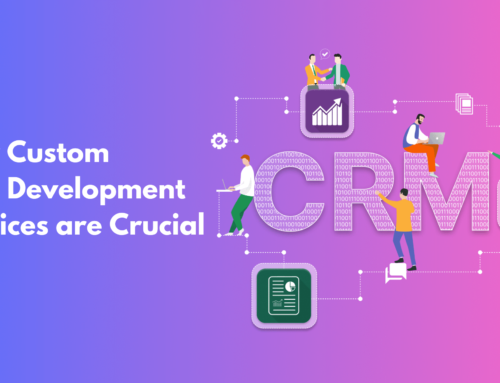What Is An API And How Does API Work?
API stands for Application Programming Interface. APIs are pieces of code that link one application (mobile or web) to another. Every time you use apps like Instagram or Facebook – think about how the app shares information with other third-party apps on your phone – think about how all those apps talk to each other and swap data back and forth – this is an example of how APIs work.
How do APIs work?
Whenever you use an app on your cell phone, that app connects to the internet and sends a request to a web server. After retrieving the request the web server interprets it and performs the required actions, and sends a response back to your cell phone. Your app then interprets that response received from the server and displays all of this information in readable format using APIs.
What are Web APIs?
Web APIs can be accessed by using the HTTP protocol. Four types of Web APIs.
• 𝗣𝘂𝗯𝗹𝗶𝗰: Available for use by anyone with minimal restrictions.
• 𝗣𝗮𝗿𝘁𝗻𝗲𝗿: Similar to public APIs; but available only to authorized users.
• 𝗜𝗻𝘁𝗲𝗿𝗻𝗮𝗹: Internal APIs are hidden and intended only for use within the enterprise to connect systems and data within the business.
• 𝗖𝗼𝗺𝗽𝗼𝘀𝗶𝘁𝗲: Composite APIs combine two or more APIs to complete a sequence of related operations.
Architecture and Protocols:
• 𝗥𝗘𝗦𝗧 (REpresentational State Transfer)
• 𝗥𝗣𝗖 (Remote Procedure Calls)
• 𝗦𝗢𝗔𝗣 (Simple Object Protocol)
Comparing REST and RPC
RPC has been around for a long time and can certainly be considered the heart of REST. Pál Váradi Nagy sees REST as “a restricted subset of the semantics of remote procedure calls that are already prevalent”.
The procedural part of RPC performs a function on input and returns the output. This makes RPC easy to use over networks and provides high performance. For this reason, allowing for short, well-defined internal communication is the preferred option for large microservices systems.
The latest RPC version is gRPC. Using binary data instead of text makes communication more compact and efficient than REST. gRPC is also type-safe. H. Send only expected data types.
However, gRPC requires a client to be set up. This means that the gRPC-generated code must be embedded in the client process. It’s cumbersome for dynamic languages ‚Äã‚Äã(JavaScript, Python, etc.) where the build process may not exist. REST doesn’t require that. You can also make API calls by simply entering the URL in your browser. This is very useful for testing APIs, as the basic functionality of the API can only be tested using a browser.
REST also allows better abstraction than RPC. As per RESTful constraints, separate client and server as much as possible. A RESTful connection does not rely on the existing state, but RPC has no such requirement. If REST says “Let’s do this and then forget each other”, RPC can say “Do this and then do that” depending on the output of the previous action.
Comparing REST and SOAP
According to Cloud Elements’ State of API Integration 2017 report, 83% are using APIs compared to 15% using SOAP. This proves that SOAP isn’t dead yet.
Rob James, a software developer since the 1980s, points out that SOAP has some drawbacks, but some important advantages. Web Services Description Language (WSDL for short, where SOAP API logic is described) reveals more information than his typical JSON object provides. Privacy and Integrity. For this reason, it continues to be the best option for financial services, payment gateways (PayPal public API), CRM software, identity management, and communication services.
Nonetheless, Rob James admits that his goto is REST. Because SOAP doesn’t change easily and it’s almost impossible to get around it.
SOAP was primarily based on XML, the first version of RPC. Therefore, the biggest advantage of REST over XML-bound SOAP is its support for multiple formats.
Comparing REST and GraphQL
A REST API client needs to mix and match multiple endpoints. This leads to another problem of overtaking data. This means that your answer contains unnecessary information. This can slow down the processing of requests.
GraphQL emerged in 2015 with a new philosophy for customizing endpoints. A GraphQL API starts by defining a schema that describes how data is structured on the server. This scheme allows clients to understand how to formulate a single query and get a concise answer.
Mobile devices are unreliable networks. So if your RESTful API needs to make multiple requests, it’s much more likely to get an error. This is why it is so important to efficiently query mobile APIs with GraphQL.

